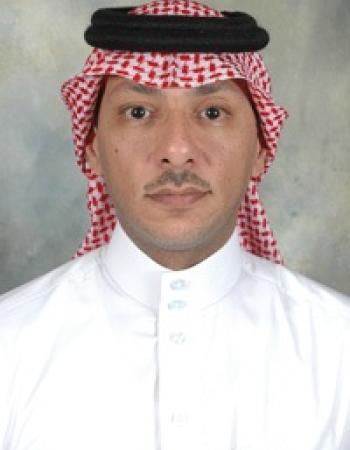FISH SCALES AS A NONLETHAL SCREENING TOOL FOR ASSESSING THE EFFECTS OF SURFACE WATER CONTAMINANTS IN Cyprinus carpio
Al-Misned1, Shahid Mahboob1,2,*, Salma Sultana, Hafiz Muhammad Ashraf2, Tayyaba Sultana2, Khalid A. Al-Ghanim1 and Fahad . 2015
There is an increasing need for an effective tool to es-timate the risks derived from the large number of pollutants released to the environment by human activities. Typical screening methods are highly invasive or lethal to the fish. Recent reports exhibit that fish scales biochemically respond to a wide range of contaminants, including toxic metals, or-ganic compounds, and endocrine disruptors. The present study evaluated the effects of the surface water contaminants on Cyprinus carpio in the Ravi River by comparing DNA extracted non-lethally from their scales to DNA extracted from the scales of fish collected from a controlled fish farm. A single, random sampling was conducted. Fish were broadly categorised into three weight groups (W1, W2 and W3). Experimental samples in the weight groups W1, W2 and W3 had an average DNA concentration (μg/μl) that was lower than the control samples. All control samples had a single DNA band; whereas the experimental fish samples in the weight group W1 fish had 1 to 2 bands, the experimental samples in the weight group W2 fish had two bands and the experi-mental samples in the weight group W3 fish had fragmen-tation in the form of three bands. These bands exhibit the effects of pollution on fish in the Ravi River. On the basis findings of this study, we propose that fish scales can be successfully employed as a new non-lethal tool for the evaluation of the effect of surface water contaminants.

This current work revealed a single-step fabrication of tungsten oxide nanoflakes (WO3
NFs) with the help of Terminalia arjuna bark extract. Bioactive phytoconstituents of T. arjuna bark…

In the present work, the residual biomass of the green seaweed Ulva lactuca was chosen as feedstock to undergo separate
hydrolysis and fermentation process to produce bioethanol. The…

Waterbirds may be a good indicator of harmful metal levels in aquatic environments. Waterbirds’
organs and tissues were tested for the presence of pollutants, such as metals. However,
…

